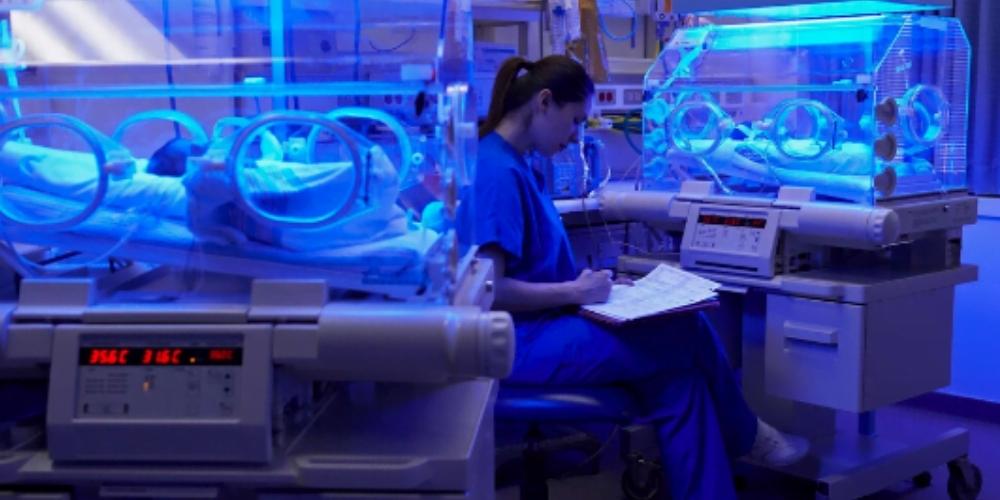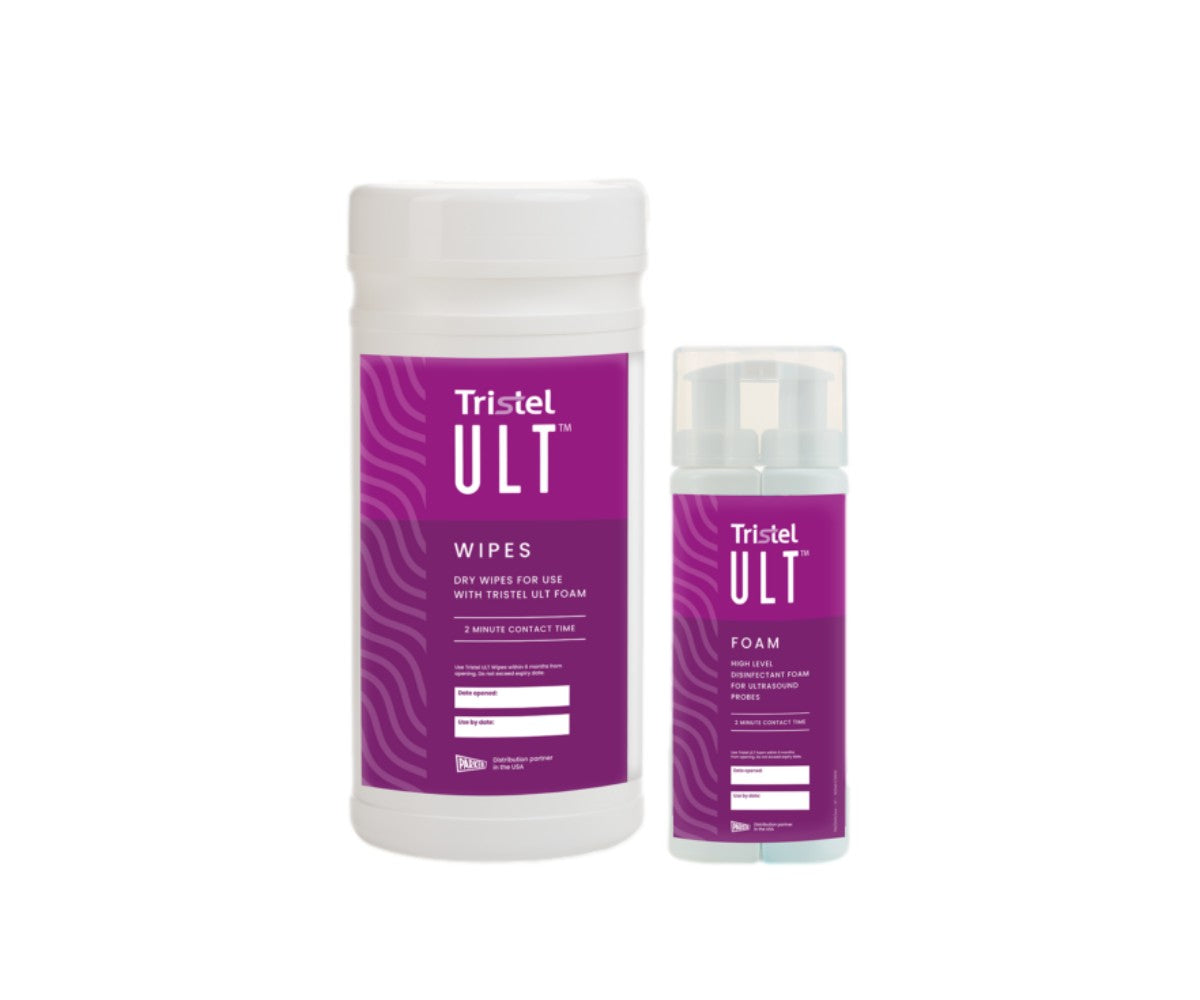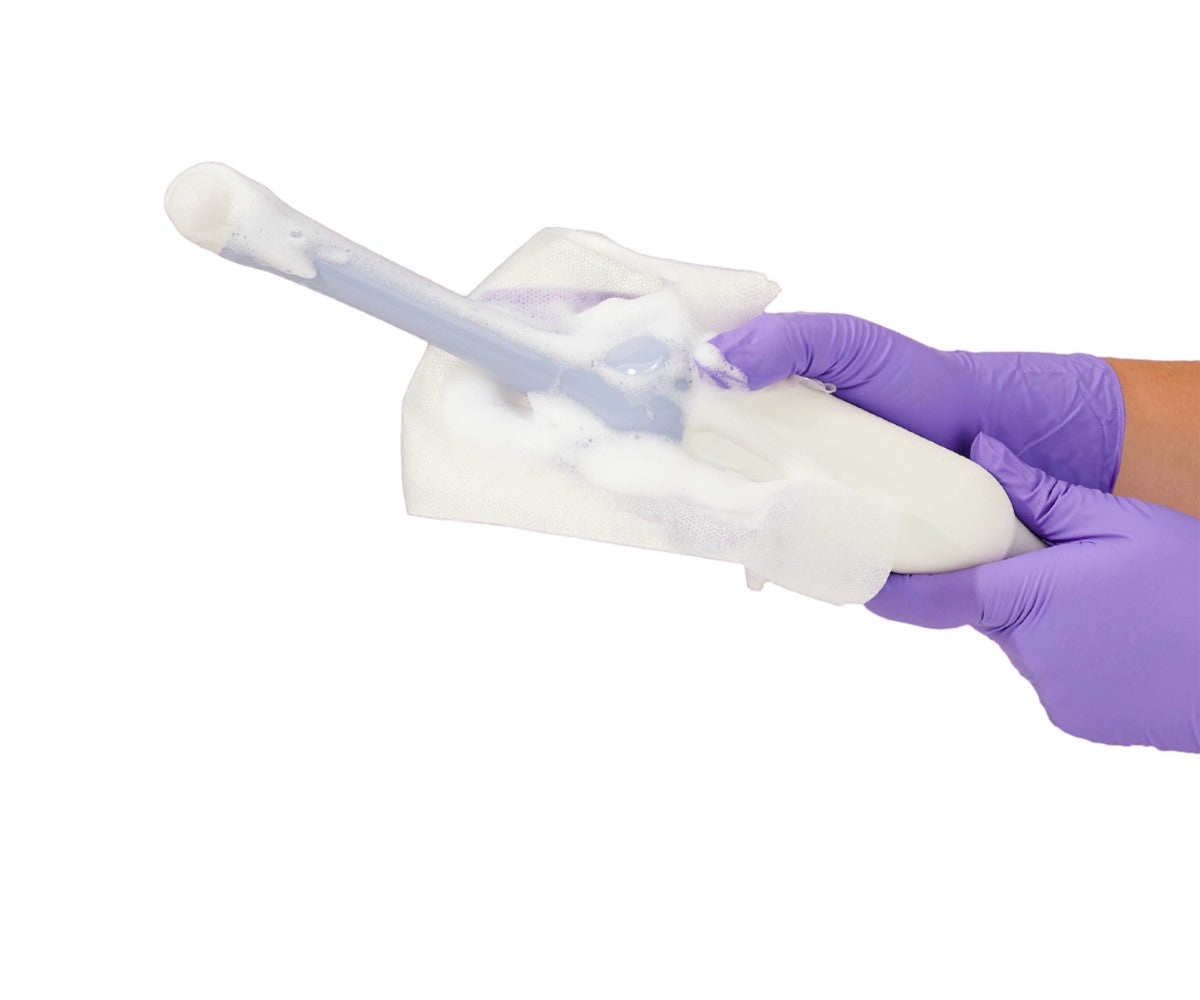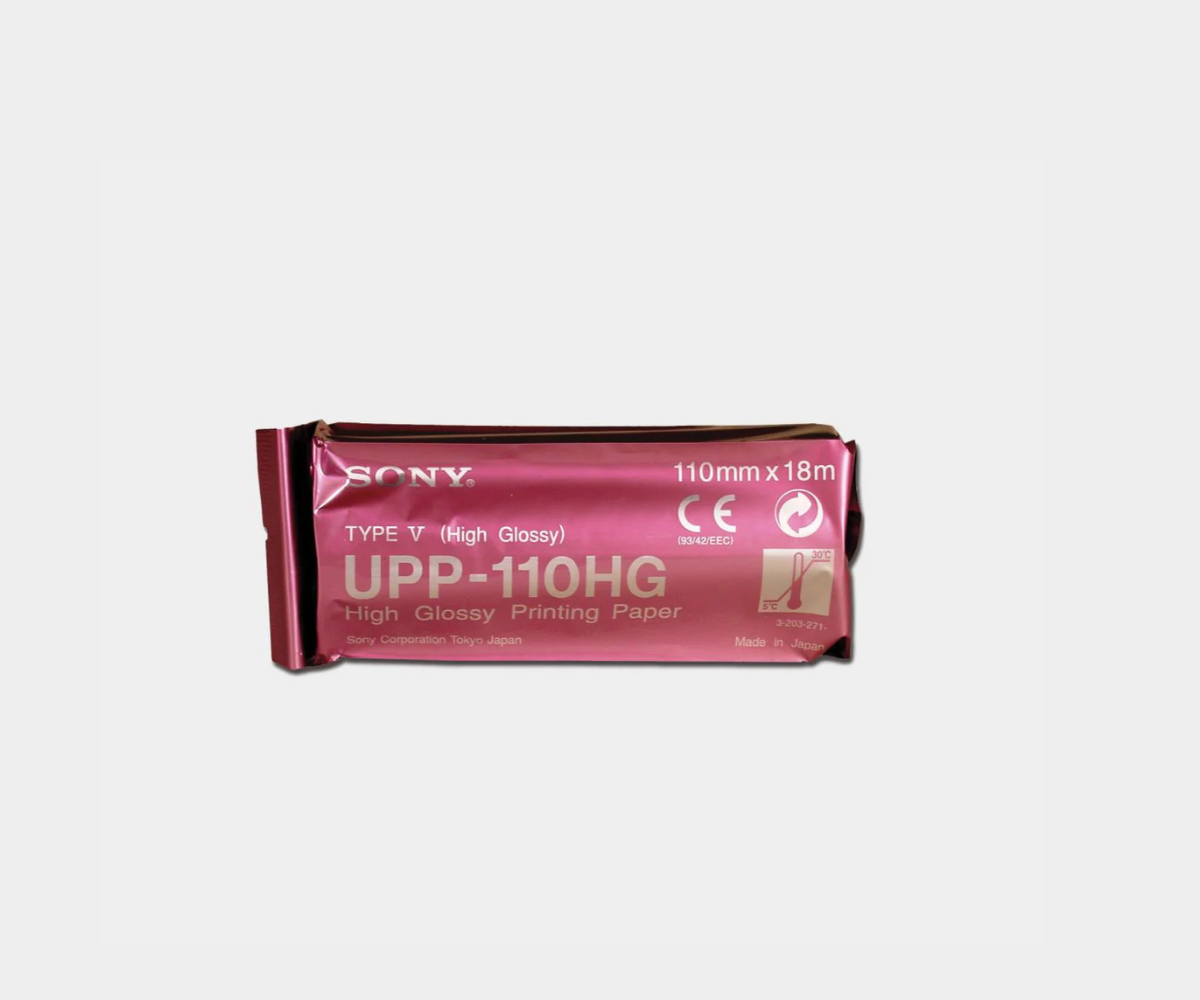Improving Infection Prevention in NICU Facilities

Neonatal intensive care units (NICUs), where premature babies are often taken care of, find themselves to be particularly susceptible to infectious disease threats. As a result, infection prevention efforts in these areas are indispensable. In 2018, the Centers for Disease Control and Prevention (CDC) reported that one in ten babies were born early in the United States. Research has shown that the opening of the first NICU in the US more than 55 years ago has led to the neonatal mortality rate falling by more than four-fold. The researchers also found that there are about 78 NICU admissions per 1,000 live births.
The vulnerability of neonatal patients coupled with the design and layout of the units in which they are cared for makes outbreaks in NICUs particularly challenging. NICUs are typically designed in a pin-wheel configuration and are frequently visited by family; both factors make infection control a more difficult task. NICUs are no stranger to outbreaks and have reported hundreds of them. In 2007, a study reported that Enterobacteriaceae was the most common bacteria found in NICUs. Similarly, an outbreak in 1997 saw the spread of a drug-resistant Enterobacter cloacae in an NICU that resulted in its closing to new admissions. Screening efforts discovered that the problem lied behind ready-to-use thermometers which lacked proper disinfection. Rushed disinfection practices were the primary cause of such contamination.
From the viewpoint of infection prevention, several factors have made NICU infection control efforts difficult. One of the most prominent obstacles faced by infection preventionists is the design of the NICU. This is one of the few healthcare environments that permit an open configuration rather than a single-family room. The use of the pinwheel configuration and the placement of multiple babies in several pods with a larger room is a common characteristic of NICU. This design is not found in other medical settings and is unique to the NICU due to the nature of its practice. The configuration of NICUs makes it particularly difficult for infection control because it is a shared space and prone to the presence of outside visitors, particularly family. These visitors are likely to come into contact with surfaces and objects that are shared by the babies, thus making it more difficult to isolate the potential spread of infection. On the other hand, studies have revealed that single-family rooms, although more costly, provide better family-centric care and reduce the risk of nosocomial sepsis and mortality. At length, single-family rooms are not only preferable but also play a role in reducing the risk that a sick visitor or member of the medical staff be exposed to multiple babies in a shared setting.
For infection preventionists with NICUs in their charge, one case of a respiratory infection can be a cause for alarm. NICUs are particularly susceptible to viruses such as respiratory syncytial virus (RSV) and influenza. A study involving eight ill infants, which resulted in one death, discovered that the attack rate was higher in preterm infants born at lower gestational ages. This led to higher morbidity and mortality. Time and again these respiratory viruses are transmitted by close contact and the contamination of surfaces. While it is vital for healthcare workers to remain home when sick, it is equally vital for family and visitors to do the same when they are sick. It is a common occurrence that a parent or family member, with good intentions in a visit, fails to realize that they are risking transmitting these infections to the vulnerable population of the NICU.
Infection prevention efforts are critical in the NICU environment. Infection preventionists must take the layout of the NICU into consideration and plan how to manage the human factors and work processes that put neonatal patients at risk. One action is to educate and work with family members and visitors to ensure that hand hygiene and basic infection prevention protocols are being followed. Adjustments such as these can make a huge difference in lowering the risk of an outbreak. Furthermore, the observance of strict disinfection practices by medical staff is of critical importance. Medical practices can make use of a wide range of disinfection products to reduce the risk of transmission on surfaces and equipment. These practices and measures must be observed consistently to ensure that they are being done properly. When combined, public awareness, disinfection practices, and other infection control measures can work together to help break the chain of infection.






